Introduction
You know you have to come up with fresh social media content ideas to keep your followers interested and attract new people to your account.
But being creative every day and delivering content gold across multiple platforms can be downright exhausting.
So we are here to help. With this cheat sheet of solid content ideas for every major social channel, you’ll keep your social media strategy ahead of the curve.
What Is Social Media Content?
Media Content means any data, text, sounds, images, graphics, music, images, or advertisements, including video, streaming content, webcasts, podcasts, blogs, online forums, and chat rooms.

What Is The Use Of Social Media Content?
Social media content is content created by individuals or companies for social networks such as Facebook, Instagram or Twitter.
These platforms are of particular interest to companies because they allow for more direct interaction with consumers than classic marketing initiatives.

What Is The Purpose Of Social Media Content?
Content plays an important role in achieving business and social media objectives such as brand recognition, thought leadership, audience engagement, and lead generation.

This allows you to solidify your position as a go-to destination for your customers, whether for entertainment, education, or inspiration.
Social Media Content Ideas
1. Video
Although social media began as a primarily text- and graphics-based medium, it has grown beyond these boundaries.
Social media includes videos of all lengths and categories.
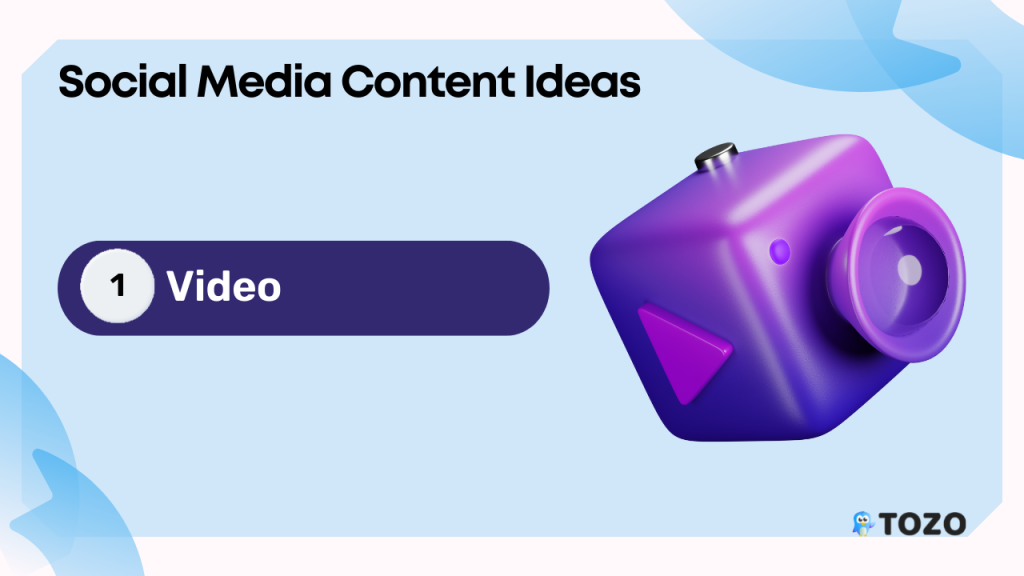
Some are elaborate, while others can be taken with a smartphone and posted immediately.
The options are endless, so it’s no surprise that video content comprises some of the social media trends of 2022.
2. Short-form Video Content is Still Booming
Short-form content options include YouTube Shorts, Instagram Reels, Tik Tok, Pinterest Idea Pins, and Google Web Stories.Instagram stories are also important because they allow individuals to interact more personally and intimately
Many of these options, such as TikTok and YouTube Shorts, have emerged over the past few years.
And while YouTube Shorts is an extension of an existing platform, TikTok is something we haven’t heard of until recently.

In a free market, whenever there is money to be made, new opportunities are bound to arise.
The existence of new video content options shows that video is one of the biggest trends in social media.
3. Brand Accountability in Social Media
The COVID pandemic brought us all closer together through social media, and social media has become a bigger and bigger part of every social movement since then.
Starting with Black Lives Matter, we know how companies react to global events.
More recently, businesses have been taking to social media to announce their boycott of Russia and show their support for Ukraine.

Regardless of how you look at it, there’s no doubt that social media users are holding brands more accountable in social media, and many brands are responding positively to this trend.
4. Brand partnership bundle
A tried and true way to reach as many of the right audiences as possible is to team up with brands they already follow to host a giveaway.
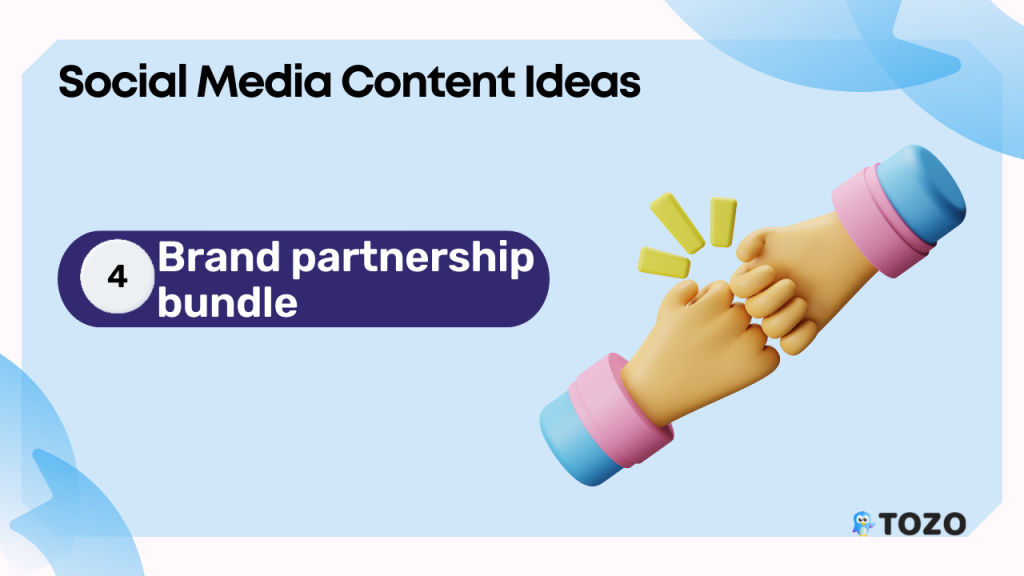
Join your finances to create the ultimate prize bundle.
Follow a “follow to win” strategy by asking entrants to follow you and each of your partners.
5. Increased Calls for Brand Accountability and Social Awareness
Once upon a time, brands could pretend not to care about anything going on in the world.
They didn’t have to take a stand on social issues, and no one cared how they treated their employees.
However, times have changed. One of the biggest trends in social media is calling out brands for their stance on various social issues.
Having the wrong position on certain things can also “cancel” the brand. Several events in the past two years have shown how true this is.
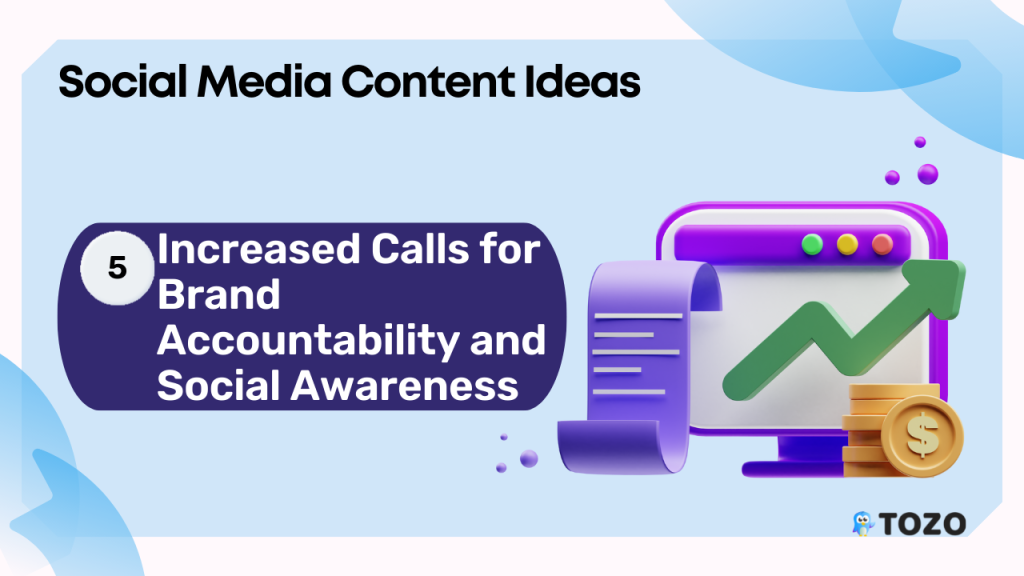
However, it’s not just about social justice issues.
People want to know if a company is clear about its provider chains.
Some big brands have had a lot of trouble with consumers about poor labor practices.
Wal-Mart and Apple are classic examples: Wal-Mart is pressured for low wages, and Apple is often accused of using factories with poor working conditions.
In both cases, this battle is waged on social media, among other forums.
6. Renewed Focus on Inclusivity & Diversity
These days, companies are often called out on social media when they commit injustice against an employee who belongs to a “disadvantaged” group.
This reflects another trend in our social media: a focus on inclusion and diversity.
In reply to this trend, the employers talk about how well their brand uses minorities, women, and LGBTQ people.
Companies also have convocation that look for ways to be more broad and different.
There’s a reason companies focus so much on these issues.
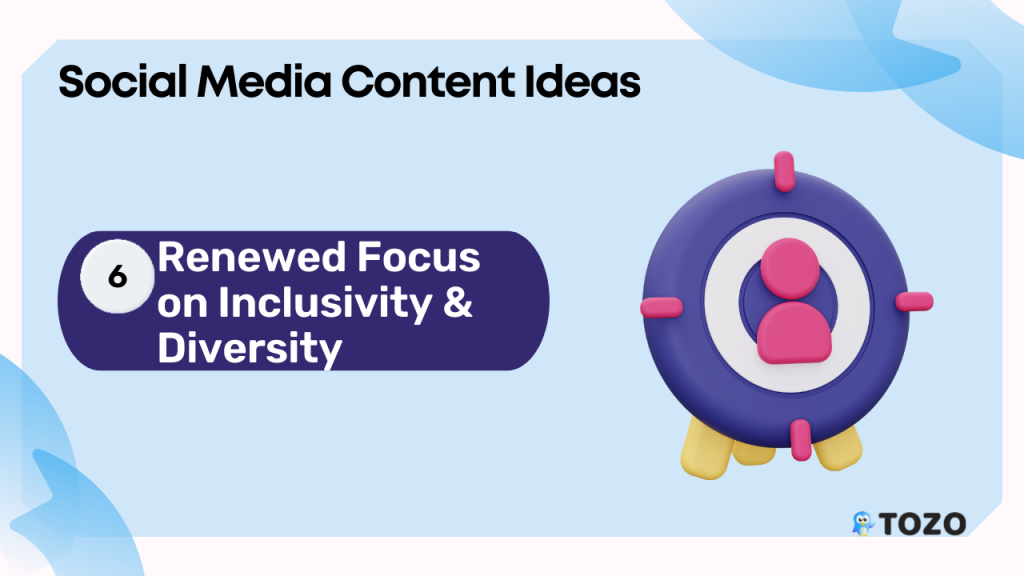
A 2018 survey found that 70% of millennials prefer brands that are more diverse and inclusive in their brand messaging.
That’s one reason why so many brands came out for Black Lives Matter in 2020, and why so many brands are pulling out of Russia right now.
In 2020, brands are trying to win over consumers through their messaging.
Now, in 2022, nobody wants anything to do with Russia, even if they can make money there.
7. Utilisation of User-Generated Content
In social media trends, the value of user-generated content is well established.
Influencer marketing, basically, has become a great market strength, but these days it has become extra cooperative.
For example, shoppable Instagram posts put together by an influencer help sell many units of a product.
Along with this, other types of UGC also help sell items and increase brand awareness.
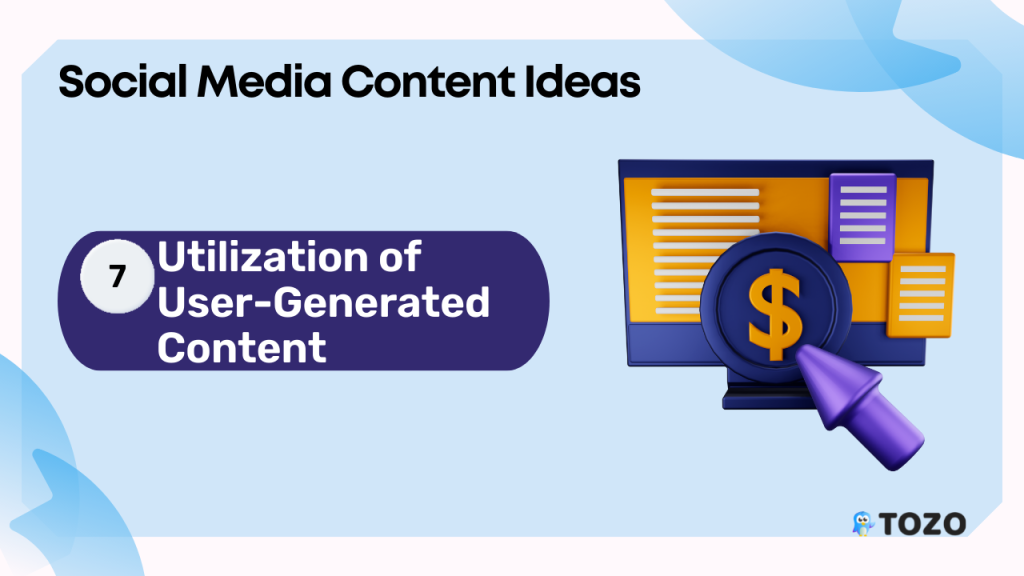
How effective is this technique? Some brands are even abandoning their content creation studio, or scaling it back significantly.
Brands have found that they have a higher ROI when they buy traditional advertising than when they pay an influencer to create content.
As social ad spend increases, the ROI gap only increases.
8. Increasing Brand Connection and Personalization with Their Audience
Most of us have seen the “Which ad do you prefer” prompt on some video streaming services.
This is a crude form of personalization, one of the latest trends in social media.
Added, brands have thinks that people are likewise likely to purchase from brands they feel a personal relation to.
How are marketers taking advantage of these social media trends? Simply put, they personalize messages for each market segment.
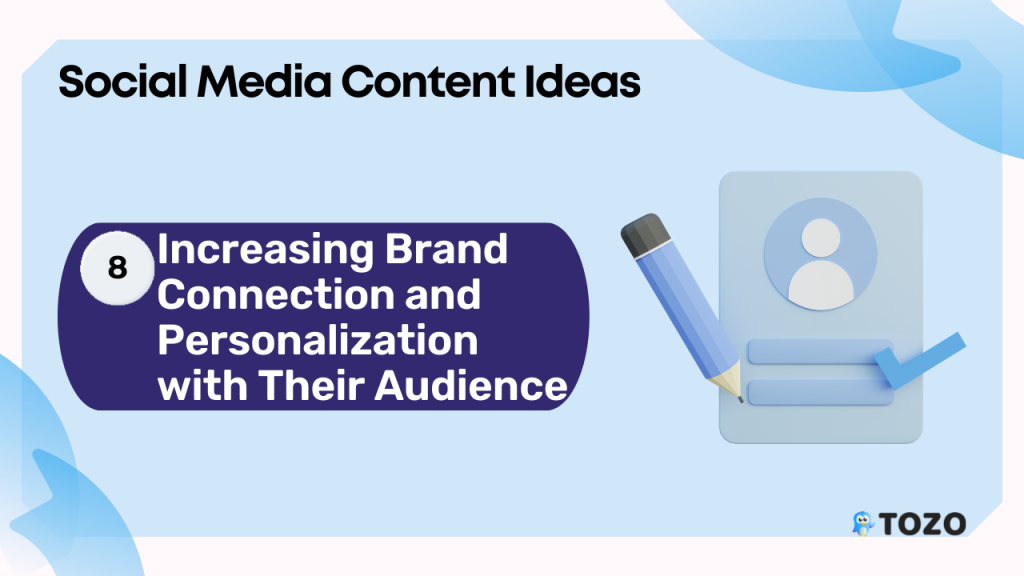
In various cases, ads are also customised based on feed history.
For example, a gourmet food company could learn from big data that you like Japanese food, then serve ads for authentic teriyaki sauce.
This custom has been familiar on most web pages for years.
The difference now is that you’re seeing increased personalization on social media as well.
9. Meme Marketing
Finally, memes are becoming one of the latest social media trends.
While memes have been around for a long time, their use in social media marketing is relatively new.
Yet, in some ways, it’s surprising that advertisers have taken so long to adopt this cultural paradigm as a way to sell things.
After all, humor has been a part of marketing for a long time.

Meme’s are engaging and funny.
Memes often comment on cultural facts, make fun of crazy situations, or simply tell a joke.
And, in an age when most of us need a good laugh, memes deliver. Using them to sell things is a natural progression.
10. Increasing B2B Social Community Building
When someone mentions social media communities, most of us think of B2C marketing and special affinity groups.
However, one of the latest social media trends is B2B brands building communities on social networks like Facebook.

These communities will talk about products in general as well as share industry-specific tips and tricks.
Over time, business decision makers develop brand loyalty and, when the time comes, buy what they need from that company.
Conclusion
Social media can increase your visibility, build relationships, establish two-way communication with customers, provide a forum for feedback, and improve the organisation’s awareness and reputation.



